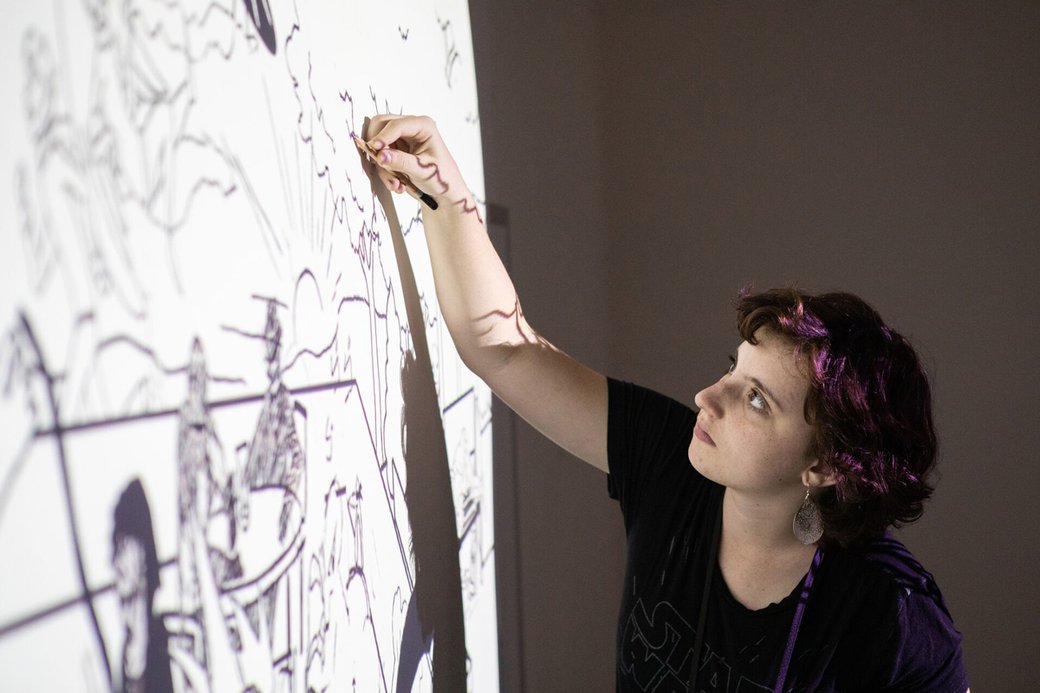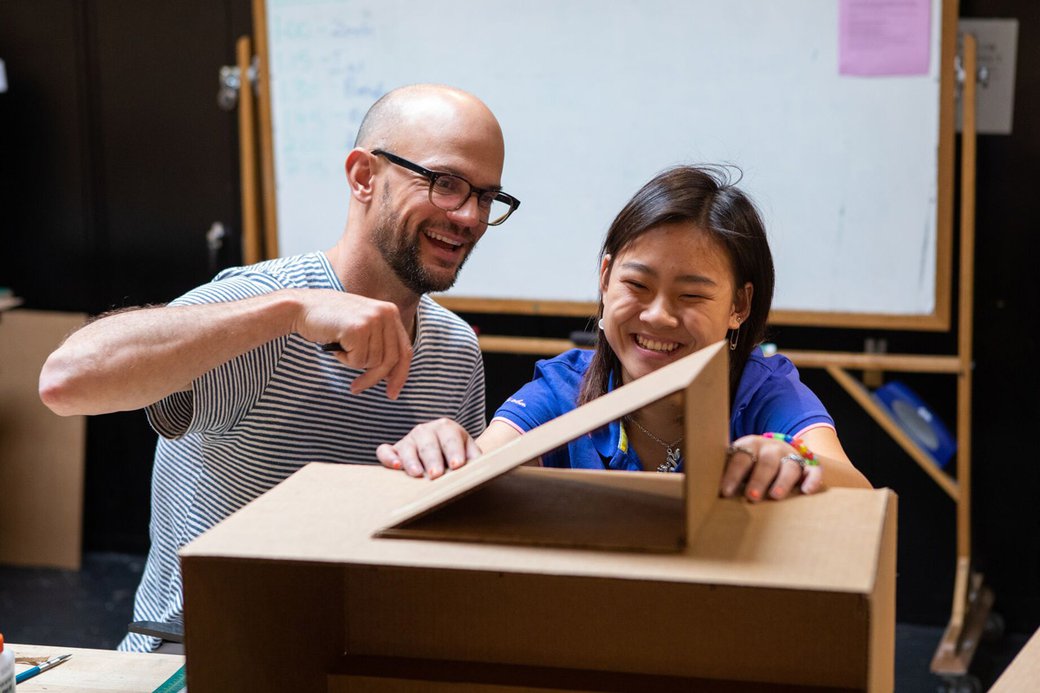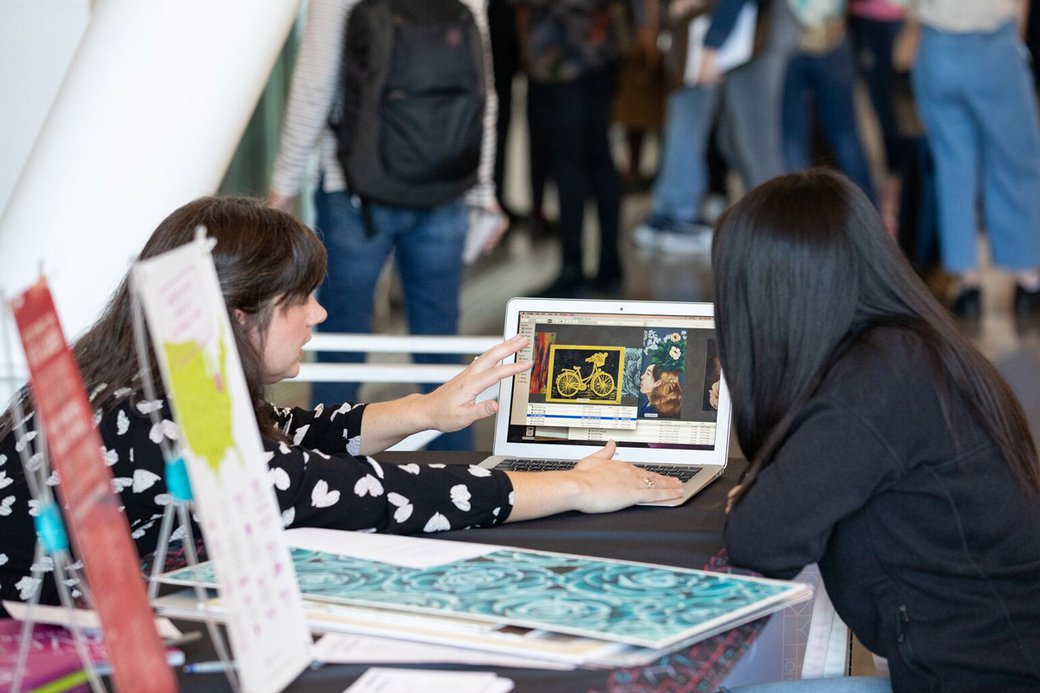
Three tips to get into the art school of your dreams
How can you improve your chances of being admitted to a top art and design college? Here are a few suggestions.
Your education changes everything

Don’t settle for second best
When you envision becoming an influential artist or successful creative professional by attending a top-tier art school, sometimes it can feel as if the odds are stacked against you. The country’s most prestigious art colleges can boast low acceptance rates, which can cause some potential applicants, intimidated by the possibility of rejection, to set their sights lower.
But not you. When it comes to your art education, you know earning acceptance at a top art and design college is just the first step toward growing into the artist you know you’re meant to be, landing a rewarding creative job with innovative employers, and using your art to make a difference in the world by pushing the boundaries of creative expression and society.

Tip: Seize every opportunity to learn more
You can’t expect to cruise into a top art college on raw talent alone. The old joke about getting to Carnegie Hall (“practice, practice, practice”) also applies to art school. To get into a great art college, you need to work hard at it—because you know your competition is doing exactly that.
Taking as many art courses as you can at your high school is a start. But also seek out opportunities to expand your artistic vocabulary beyond what your high school can offer:
- Enroll in a summer art program at a local art college or university.
- Attend community art classes and seminars with amateur and professional artists of all ages.
- Develop an independent art habit. Set aside time every day to practice observational sketching in your town or to animate your own short films.
- Go to your local art galleries and museums—notebook at the ready—and plan pilgrimages to the nearest big-city art museums for inspiration.

Tip: Reach out and make a connection
Wouldn’t it be a relief to have someone influential in your corner? Some admissions professionals advise applicants to establish a relationship with an admissions counselor who can fight for you if necessary. (Make sure they know their school is your first choice!)
But to truly “get your name out there,” think about going beyond admissions personnel to faculty—and even alumni. With the rise of social media and online communication, it’s never been easier:
- Email a respectful (direct and personalized) note to a faculty member you admire. Ask to sit in on a class or meet with them briefly during office hours.
- Follow the social media feeds of each school or mentor you’re considering: Twitter, Facebook, Instagram, and so on. Comment on interesting posts, asking questions when appropriate to spur a dialogue.
- Search for recruiting events hosted by area alumni.

Tip: Get a second (and third and fourth) opinion on your portfolio
We can’t say it enough: Your portfolio is far and away the most important element of your art college application. So if you’re serious about art college, take the time to perfect your portfolio, choosing your absolute best work, presenting it as cleanly and professionally as possible.
Then ask for merciless feedback from art professionals whose opinion you trust, such as the art teachers at your high school and instructors from your summer art programs. If you or your parents know people who work in an artistic field—the lead designer at your mother’s office, perhaps, or the architect who lives in your community—summon the courage to ask for their feedback as well.
Once you think your portfolio is as good as it can possibly be, bring it to a National Portfolio Day event. These events, held all over the country, are where prospective art students like you can have their work critiqued and their questions answered by representatives of some of the best art schools. An NPD event can be intimidating at first, but it’s a powerful and unique opportunity to get insider advice on what your dream schools are looking for and to make invaluable personal connections to those places.
Expand your creative talents and broaden your professional path